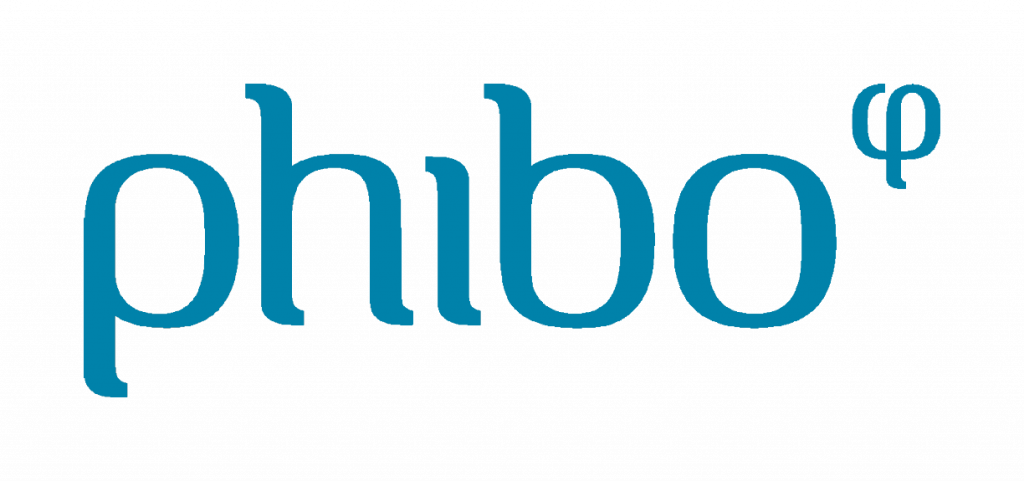Esta web utiliza cookies para que podamos ofrecerte la mejor experiencia de usuario posible. La información de las cookies se almacena en tu navegador y realiza funciones tales como reconocerte cuando vuelves a nuestra web o ayudar a nuestro equipo a comprender qué secciones de la web encuentras más interesantes y útiles.
Bibliografía
J Oral Maxillofac Surg. 2011 Jan;69(1):154-9. Epub 2010 Nov 2.Peñarrocha-Diago MA, Maestre-Ferrín L, Demarchi CL, Peñarrocha-Oltra D, Peñarrocha-Diago M.
Valencia University Medical and Dental School, Valencia, Spain. miguel.penarrocha@uv.es
The success of Phibo TSA Implant Systems in immediate and non immediate placement with early loading protocol (8-10 weeks) has a mean value of 96.9 %, there was no statistical difference between both groups (immediate vs non immediate). The average of marginal bone loss is 0.6 mm, with no statistical differences between the two groups was found.
PURPOSE:
To compare the success rates, after 1 year of loading, for implants placed immediately after tooth extraction and in healed sites in patients undergoing extraction of all residual teeth for rehabilitation with a fixed, full-arch, implant-supported prosthesis.
MATERIALS AND METHODS:
A retrospective case series study was conducted of 38 patients treated from June 2004 to June 2008 by extraction of all remaining teeth and implant placement in both mature bone and at the extraction site in the same procedure. After osteointegration, the implants were restored with fixed full-arch prostheses. The marginal bone loss around the implants was measured after 1 year. The success rate according to Buser criteria was calculated for the immediate and nonimmediate implants.
RESULTS:
A total of 41 arches were restored in 30 patients, 23 in the maxilla and 18 in the mandible. A total of 292 implants were placed, 173 immediately and 119 in mature bone. Of the 292 implants, 8 failed, 4 in the immediate group and 4 in the nonimmediate group. The mean bone loss was 0.6 mm at 1 year of loading (0.63 ± 0.18 mm at the immediate implant sites and 0.58 ± 0.26 in mature bone). The mean success rate was 96.9% overall, 97.7% for the immediate group, and 96.3% for the nonimmediate group.
CONCLUSIONS:
Enhanced bone healing and remodeling can take place in fresh extraction socket defects associated with immediately placed implants. The results of the present study have demonstrated that immediate implant osseointegration can be as, or more, successful than nonimmediate implantation during the same healing period.

Esta web utiliza Google Analytics para recopilar información anónima tal como el número de visitantes del sitio, o las páginas más populares.
Dejar esta cookie activa nos permite mejorar nuestra web.
¡Por favor, activa primero las cookies estrictamente necesarias para que podamos guardar tus preferencias!
Más información sobre nuestra política de cookies


